(NLĐO) - A groundbreaking study led by the University of Liverpool (UK) has found incredible treasures in the fossil of the Edmontosaurus dinosaur.
According to SciTech Daily, scientists have long believed that fossils of prehistoric beasts have completely lost their original organic materials, which could provide a treasure trove of genetic information.
But a remarkable discovery inside an Edmontosaurus fossil unearthed in the US has ended a three-decade-long debate.
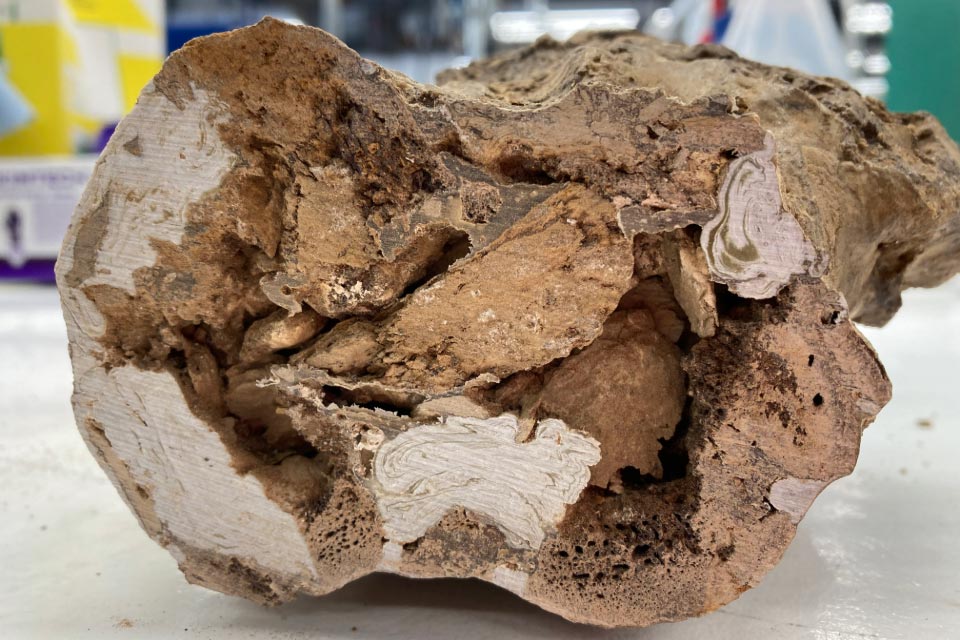
Fossilized bones of the 66-million-year-old Edmontosaurus beast - Photo: UNIVERSITY OF LIVERPOOL
Fossilization is a long process in which minerals gradually enter an animal's body, replacing organic materials over time.
Therefore, the fossilized skeletons of dinosaurs from tens or hundreds of millions of years ago that we find today are not actually bones, but rather stone replicas of those bones.
However, new research published in the journal Analytical Chemistry used several techniques, including protein sequencing, to detect and characterize bone collagen in a 22-kilogram fossilized remains of a 66-million-year-old beast.
This is a portion of the hip bone of a duck-billed dinosaur belonging to the genus Edmontosaurus, unearthed from the Hell Creek Formation in South Dakota, USA, and now housed in the collection of the University of Liverpool.
The remnants of collagen in the fossilized bones of this beast are a colossal treasure, described as "shaking paleontology".
Because if this organic material exists inside this fossil, then it also exists inside other dinosaur fossils around the world .
The only thing needed is advanced technology to identify those biological remnants, something we are able to do today.
The research team also carefully examined the hypothesis that the presence of organic material in the fossilized bones was due to pollution. The results showed that this was not true. This organic material was indeed from the monster.
Obtaining organic material means obtaining crucial genetic clues about the beast.
Previously, paleontologists could only learn about the origins and kinship of dinosaur species through visual similarities and differences between their fossils.
"This discovery could unlock new insights into dinosaurs, for example, revealing previously unknown connections between different dinosaur species," the authors stated.
Source: https://nld.com.vn/quai-thu-66-trieu-tuoi-lam-rung-chuyen-co-sinh-vat-hoc-196250216091429073.htm



![[Photo] Closing Ceremony of the 10th Session of the 15th National Assembly](/_next/image?url=https%3A%2F%2Fvphoto.vietnam.vn%2Fthumb%2F1200x675%2Fvietnam%2Fresource%2FIMAGE%2F2025%2F12%2F11%2F1765448959967_image-1437-jpg.webp&w=3840&q=75)


![[Photo] Prime Minister Pham Minh Chinh holds a phone call with the CEO of Russia's Rosatom Corporation.](/_next/image?url=https%3A%2F%2Fvphoto.vietnam.vn%2Fthumb%2F1200x675%2Fvietnam%2Fresource%2FIMAGE%2F2025%2F12%2F11%2F1765464552365_dsc-5295-jpg.webp&w=3840&q=75)





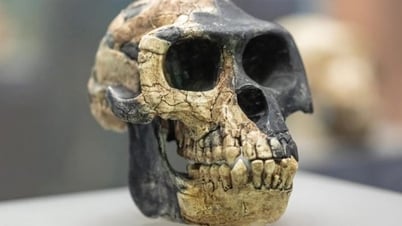

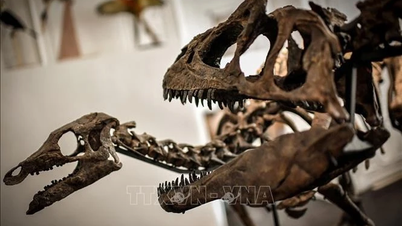
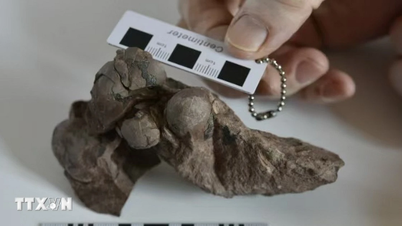
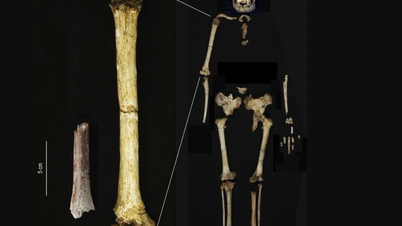




















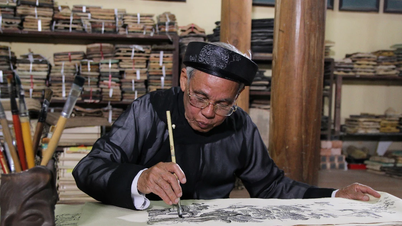















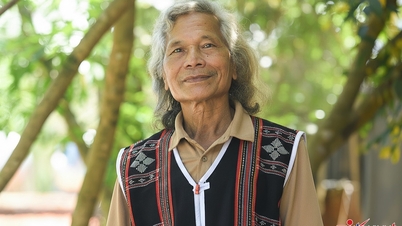



![[OFFICIAL] MISA GROUP ANNOUNCES ITS PIONEERING BRAND POSITIONING IN BUILDING AGENTIC AI FOR BUSINESSES, HOUSEHOLDS, AND THE GOVERNMENT](https://vphoto.vietnam.vn/thumb/402x226/vietnam/resource/IMAGE/2025/12/11/1765444754256_agentic-ai_postfb-scaled.png)


















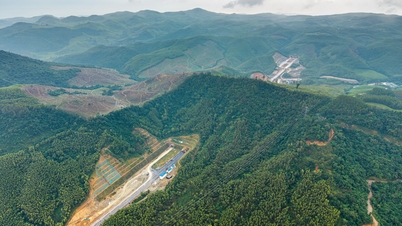





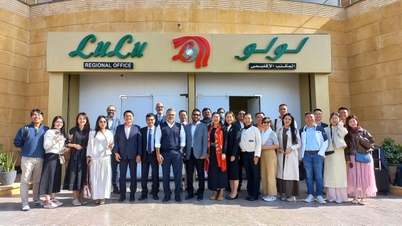




























Comment (0)